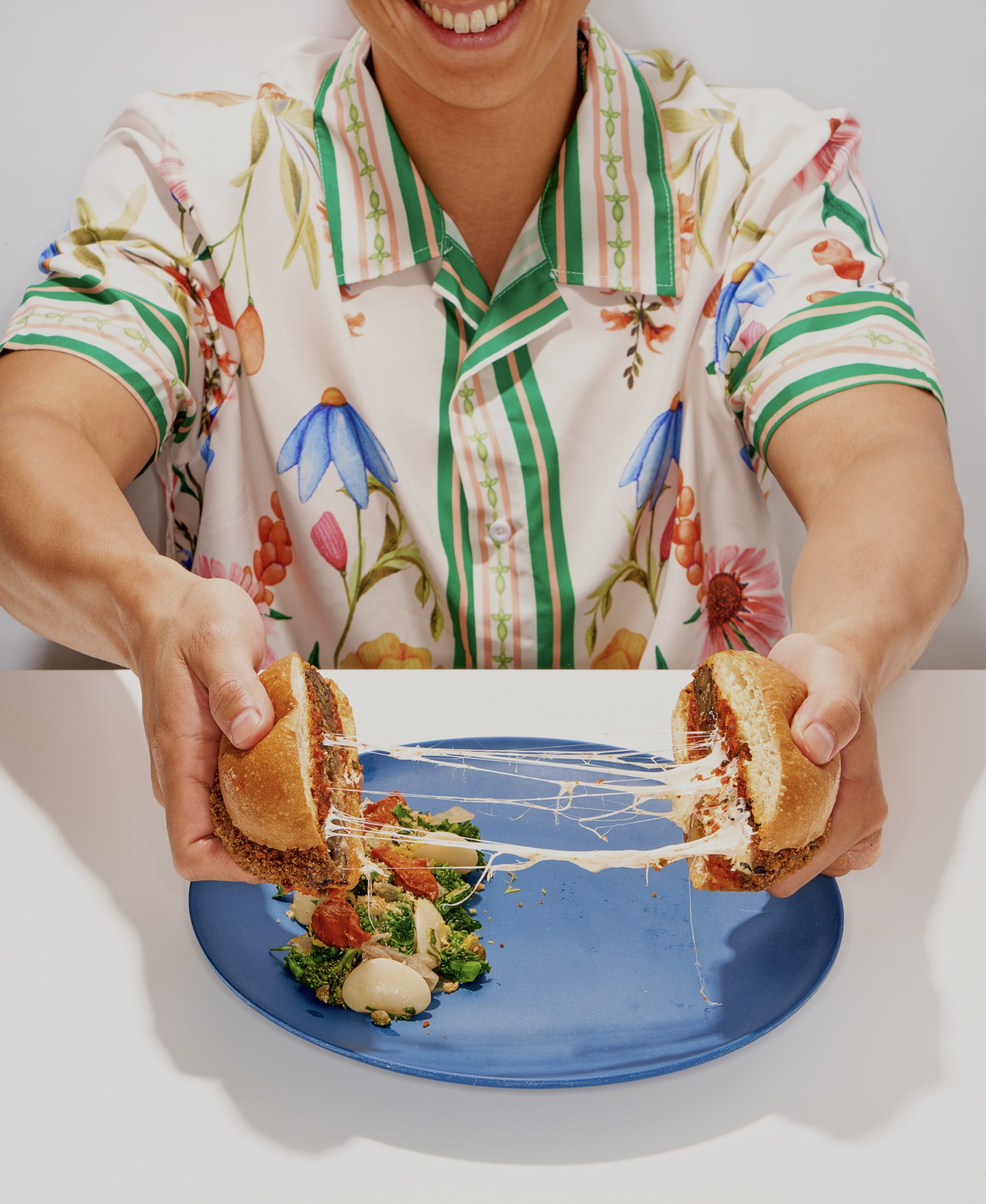Takeout and delivery are fast-growing segments for limited-service restaurants.
Kernel, a plant-forward eatery by Chipotle founder Steve Ells, was designed to take advantage of this trend. The cashierless New York City restaurant opened in February with no seating as it planned to cater to off-premises customers.
But, as it turns out, some Kernel customers wanted to stick around.
This led the concept to temporarily close its doors about two weeks ago to revamp the restaurant based on guest feedback.
Stephen Goldstein, company president, told Food on Demand that customers desired a warmer space with some room to sit and linger. The restaurant reopened July 10 with a combination of stools, seats, and lounge-style seating.
A representative for Kernel called the changes a “warmer, more welcoming space to pick up plant-forward favorites.”
“When you walk in the restaurant today, it looks and feels, well, much more like a restaurant, and that’s a great thing,” Goldstein said.
The changes to Kernel come about five months after it opened. When it debuted, Goldstein told Food On Demand that Kernel’s small footprint is designed for urban environments where a “a large portion of traffic during peak hours is delivery and pickup with only a limited number of customers choosing to dine in.”
Did the brand underestimate the demand for dine-in?
Goldstein said guests who wanted to dine in still represent a “small share” of its customers.
“There are some customers who want a place to sit and eat when it’s raining outside, when they have their children with them, and when they want a place to eat that is not their desk or conference room,” he said. “This is a small share of the customers who come to Kernel, but we aspire to make Kernel a welcoming and comfortable environment regardless of how you choose to enjoy your food, including if you’re in-and-out in under ten seconds.”
Goldstein said Kernel is adapting like any entrepreneurial venture.
“We had and continue to have a very bold vision for how we wanted to make a mark on the world and improve people’s lives by offering healthier, faster, more accessible plant-powered options,” he said. “In some aspects, we got it right off the bat, and, in other areas, we have learned a ton and have improved accordingly. This is a journey, and we are proud to make delicious plant-forward options available everyday to hungry New Yorkers.”
Kernel expands menu, adds delivery
Kernel has also expanded its menu based on consumer feedback.
New additions include more vegetarian offerings such as an eggplant parm sandwich, a falafel sandwich, and a cheeseburger reminiscent of the classic Big Mac. The menu also added kale Caesar salad. A tofu sandwich is coming soon.

Kernel’s new menu item—an eggplant parm sandwich. Credit: Noah Fecks.
“Given that most of our customers are omnivores, we expanded our menu to better serve their tastes and needs,” Goldstein said.
The restaurant recently launched delivery through Grubhub, allowing the chain to offer rapid delivery to customers.
How fast can you get a delivery?
Goldstein didn’t provide an exact time, stating delivery times depend on how far someone lives from the restaurant.
“We can prepare orders in as little as two minutes, so that would mean two minutes plus travel time, and, of course, the few seconds it takes to open the packaging,” he said.
“For Kernel, they may have found that having a limited menu, with a limited service model, a limited ordering channel, and a limited delivery radius might be too much focus,” she said.
Automation and hub-and-spoke model
Beyond the menu and front-of-house changes, Kernel’s business model remains largely the same.
Kernel uses a hub-and-spoke model to keep kitchen and labor costs down in the main restaurant. Food prep is done off-site at a commissary dubbed the Kernel Central Kitchen.
Once an order is placed through the brand’s app or website, robots prepare the meals.

Kernel launched delivery through Grubhub.
Employees assemble the meals, bag the food for takeout, and place the bags in a cubby for pickup.
Ells wants to open about 15 Kernel restaurants over the next two years.
Kernel is not the only restaurant testing back-of-the house robotics to streamline operations. Chipotle is experimenting with a robotic makeline by the California-startup Hyphen. Select White Castle and Jack in the Box restaurants are also testing robotic fry cooks by Miso Robotics.
Travis Kalanick, the founder of CloudKitchens, began testing kitchen robots in December through a partnership with Lab37.
McDonald’s, Starbucks, Chick-fil-A, and Chipotle have also introduced prototype stores that cater specifically to off-premise traffic.
Nancy Luna is a contributing writer for Food on Demand. She can be reached at [email protected]


